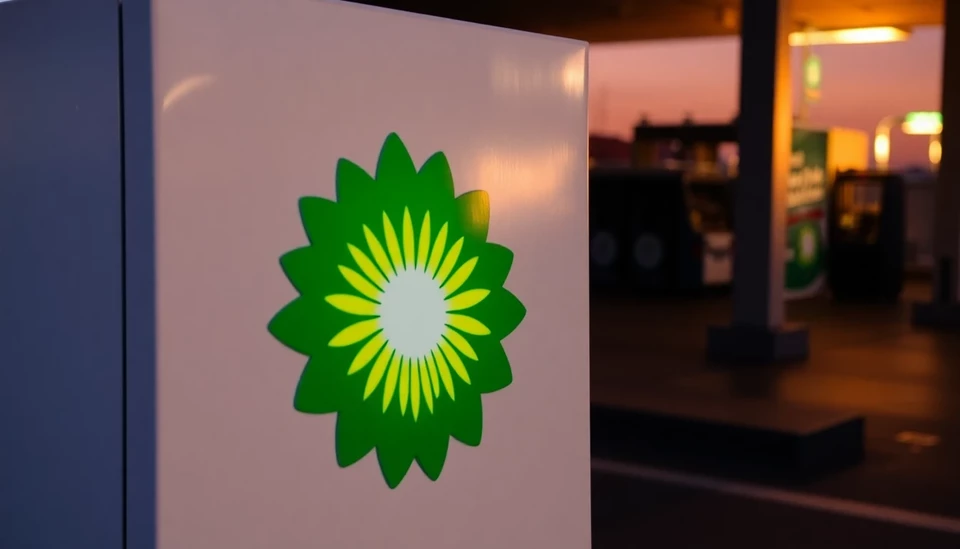
In a volatile session, global crude oil prices demonstrated a mixed performance on February 10, 2025, as tensions in the Middle East and strategic supply decisions by key producers influenced market dynamics. Brent crude, the international benchmark, saw a slight decline, trading at approximately $77.10 per barrel, while West Texas Intermediate (WTI) exhibited a modest rise, reaching $72.50 per barrel.
The oil market is feeling the effects of geopolitical uncertainties, particularly with ongoing conflicts in critical oil-producing regions. Recent military actions and their implications for shipping routes have raised alarms among traders, prompting concerns about potential supply disruptions. This volatile environment has led market analysts to adopt a cautious stance, emphasizing the need for vigilance as developments unfold.
Adding to the complexity of the crude oil landscape is the strategic approach taken by major oil-producing nations. OPEC+ recently convened to assess the current state of the market and had discussions regarding possible production cuts. With indications that some member countries are experiencing production challenges, any decision to adjust output levels could significantly impact global oil prices in the coming weeks.
Furthermore, the U.S. Energy Information Administration (EIA) released its weekly report indicating a slight decrease in domestic crude oil inventories, which has provided a temporary boost to the WTI benchmark. This decrease, attributed to ongoing refinery demand and export growth, indicates a tightening in the U.S. oil supply, countering influences from international markets.
Market analysts are keenly watching the upcoming reports and data releases that will shed more light on worldwide oil demand trends, particularly in the context of economic recoveries post-pandemic. As countries ramp up industrial activity, there is a growing anticipation that oil demand may increase, further influencing crude prices.
In the financial sphere, hedge funds have begun adjusting their positions, reflecting a mixed outlook for future oil prices. Some traders are hedging against anticipated volatility, while others are betting on a potential rebound in prices as demand increases in the wake of easing restrictions globally.
As the oil market continues to respond to complex geopolitical and economic forces, industry watchers remain alert to shifts in pricing trends. The interplay between supply adjustments by OPEC+, domestic inventory levels, and the potential for increased demand will all play crucial roles in shaping the future trajectory of crude oil prices.
In conclusion, with numerous factors at play, the oil market is poised for a transformative phase, and traders are bracing themselves for the possibility of further fluctuations in oil prices. Keeping abreast of geopolitical developments and supply-demand changes will be essential for participants looking to navigate this intricate marketplace effectively.
As the situation evolves, all eyes will be on key indicators that shape the oil landscape, perhaps heralding a new era of pricing dynamics.
#OilMarket #CrudePrices #OPEC #Geopolitics #WTI #BrentCrude #SupplyChain #EnergyNews #MarketTrends
Author: John Harris




